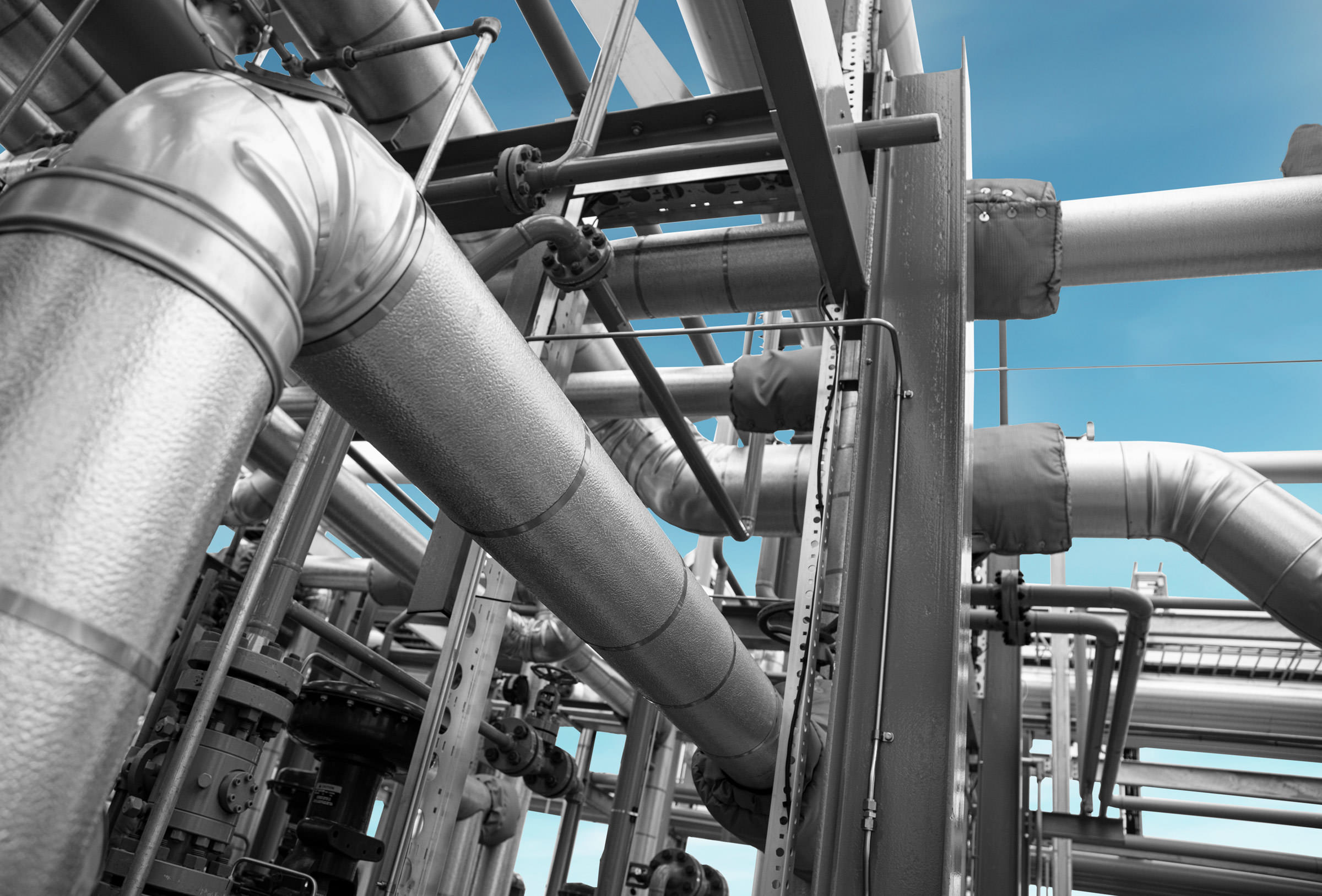

Cryogenic plants are designed to recover ethane from the natural gas stream with virtually no loss of propane and heavier components. This is made possible by using expansion to bring the feed gas to a lower temperature than is possible in a standard refrigeration plant. Joule's problem-solving approach means optimizing systems for your specific needs, down to high-impact details such as energy requirements and timely market dynamics.
Each project has unique recovery needs. At Joule we work to understand your unique project requirements and engineer a system that minimizes total cost of ownership while meeting specifications. Joule offers three primary types of cryogenic units, allowing for max design and operational flexibility in order to deliver the most value. Additionally, our approach comes with the added ability to bolt on different components and solutions to deliver cryogenic units that are tailored to meet your specific facility needs.
Joule offers the following CryoFLEX™ units for quick delivery:
We have formed a strategic partnership with the team at Fluor geared towards offering an advanced suite of premium technologies for unconventional natural gas and liquid handling market.
Fluor has developed a patented Cryo-GasSM technology that uses Deep Dewpointing Process (DDP) to meet hydrocarbon dew point and heating value specs for pipeline gas.
Designed for rich gas applications with gas liquids content from 6–12 GPM, DDP allows maximum flexibility for C2 and C3 recovery and rejection.
This flexible approach utilizes a two-column configuration, where the first column operates as an absorber while the second acts as a stripper—an approach known as the Twin Reflux Absorption Process, or TRAP.
The TRAP approach creates an ethane loop that both improves mass transfer cooling and significantly reduces the system’s energy requirements. Additionally, these two shorter columns contribute to considerable savings compared to a standard demethanizer when it comes to fabrication, transport and installation.
We offer a flexible option to convert DDP to TRAP with a phased approach whereby a turbo-expander can be installed at a later date, allowing ethane recovery of the DDP to be increased. The combination process can be installed in two phases: the first with the initial DDP operating in full or partial ethane rejection, and the final TRAP phase recovering over 95% ethane while maintaining 99% propane recovery. This flexibility positions the facility to keep capital costs low at the onset and remain nimble to changing market dynamics with the option to increase ethane recovery when the need arises.
TRAP is designed for high pressure, lean gas with 2 to 5 GPM liquid content. With 95% ethane and 99% propane recovery, this process is ideal for revamping an existing or under-performing NGL facility for improved recovery performance. TRAP uses expansion to generate cooling and reduce power consumption.
When installed downstream of DDP operating in full ethane rejection, the ERGR produces a pure ethane product that’s ready for delivery to on-spec markets. The ERGR can be bolted on to the downstream side of a GSP or other turbo-expander plants as well, increasing ethane recovery on a greenfield or brownfield application for 99% propane and over 95% ethane recovery.
When you don’t have 99% propane recovery requirements, our GSP units require the lowest capital investment. These units are used for leaner gas and lower propane recovery but are also capable of operating in ethane recovery mode, depending on market economics.
If you do have a 99% propane recovery requirement, or are working with richer gas, our RSV units provide enhanced cooling compared to the GSP, due to the additional pass through the sub-cooler. These units provide higher recoveries with a lower capital investment than DDP-TRAP.